Werner Brandes
Nascimento : 1889-07-10, Brunswick, Germany
Morte : 1968-09-30

Director of Photography
An attempt to bring the work of surrealist artists to a wider public. The plot is that of an average Joe who can conjure up dreams that will improve his customer's lives. This frame story serves as a link between several avant-garde sequences created by leading visual artists of their day, most of whom were emigres to the US during WWII.

Director of Photography

Director of Photography
Venice Film Festival 1940

Cinematography
Four orphaned friends move after the Abitur, supported by the janitor of her school, together in a flat and look for work to be able to finance her study. Two make the acquaintance of a frivolous young baron. One shoots in her outrage at him, nevertheless, is acquitted in court. - Stereotyped Jung's girl's cheap sensationalism, broken up by popular comic. Hans Moser stands out by his delightful character comic. The last in Austria produced film before the invasion of the armed forces ('Wehrmacht').

Director of Photography

Director of Photography
Der Herrscher (The Sovereign) was based on Before Sunset, a play by Gerhart Hauptmann. The great Emil Jannings stars as Mathias Clausen, a self-made businessman who is forced to do a great deal of soul-searching when his wife unexpectedly dies. Determining to start life anew, he falls in love with his secretary Inken (Marianne Hoppe) and impulsively takes a vacation to Italy. Clausen's selfish grown children, not wishing to share their father's affections -- nor his money -- with his new wife-to-be, go to court demanding that Clausen be declared mentally incompetent. Upon finding this out, Clausen flies into a rage, leaving the audience to wonder whether or not he really as gone off his trolley. Der Herrscher was directed by Veit Harlan, more famous (or notorious) for his viciously anti-Semitic Jud Suess (1940).

Cinematography

Director of Photography
Country girl Margit sits for the artist Sándor, from Budapest. She is fascinated and charmed by him, and agrees to accompany him to the capital, so he can complete the painting there. Disillusionment sets in, however, when Sándor wins a prize with the finished portrait and loses interest in her. Margit recognizes that her true happiness lies at home, with Pista, her faithful lover.

Director of Photography

Director of Photography

Director of Photography

Director of Photography
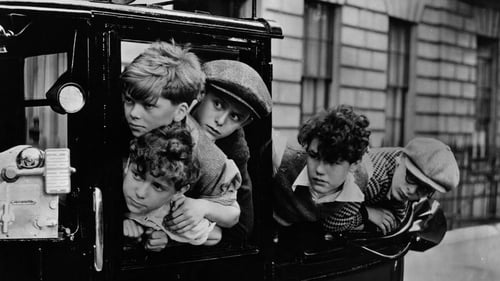
Director of Photography
When a suspicious man bribes Emil with chocolate in return for a bundle of cash, the young lad thinks of a plan to catch him.

Director of Photography
A wife believes her husband has been deceiving her and decides to have some fun at his expense. After a bit of mischief, her husband, a lawyer who is preparing a divorce for a client, decides to start divorce proceedings himself. The wife then realises she has gone too far.

Director of Photography

Director of Photography

Director of Photography

Director of Photography

Director of Photography
During the shooting of a jealousy scene on a soundstage, one actress is murdered. Due to the fact that the male star of the movie had a relation with the victim and the female star is now his fiance, he is suspected by the police.

Director of Photography
Originally Liebeswalzer, this German operetta was the third talkie vehicle for the effervescent Lillian Harvey. The plot is a typical Graustarkian affair, with Princess Eva (Harvey) preparing to marry a duke whom she's never met. Getting cold feet, the duke ducks the wedding, persuading a handsome young commoner named Bobby (Willy Fritsch) to take his place. The wedding goes on as planned, with Eva never suspecting that her new hubby is a ringer. Eventually, the false duke confesses everything, leading to all sorts of intrigue before a happy ending can be realized. Love Waltz was simultaneously filmed in an English-language version, which posed no problem for the British-born Harvey but caused a few uncomfortable moments for her Teutonic co-stars (eventually, Willy Fritsch was replaced by John Batton, who'd played a bit role in the German version).

Director of Photography
Kitty Kellermann is put on trial for murdering her husband, a failed painter. When her counsel resigns from his mandate, the mysterious Peter Bille steps in, though it becomes apparent that he actually is not an advocate but Kitty's lover and moreover confesses the murder. The widow has to admit that the pictures by her deceased spouse sell much better, only for him to suddenly appear alive.

Director of Photography
A tense WWI spy thriller in which Colonel Duncan Grant (British star Brian Aherne, in his first talking role), parachutes into Germany to gather intelligence on the enemy’s secret ‘W Plan’ and to assist Allied POWs in digging escape tunnels.

Director of Photography

Director of Photography
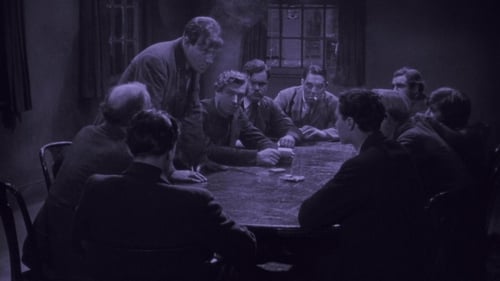
Director of Photography
A man betrays his best friend, a member of a terrorist organisation, to the authorities and is then pursued by the other members of the organisation.

Director of Photography
A young Chinese woman, working in the kitchen at a London dance club, is given the chance to become the club's main act.

Cinematography
The luminous Maria Corda stars as the eponymous Tesha, a celebrated Russian dancer who marries an Englishman (Thomas). The couple long for a child but after five years of happy marriage, remain childless. On a trip to Southampton Tesha succumbs to a brief fling with a stranger (Cavanagh), unleashing a barrage of unforeseen consequences and emotional turmoil. The superb cinematography is by the great German cinematographer Werner Brandes who worked on dozens of prestige British productions in the 1920s. Originally shot silent, sound was added in 1929.

Director of Photography

Director of Photography
An odd and tightly directed tale of a singer/dancer at the Moulin Rouge, who meets her daughter's fiance, only to have him fall obsessively in love with her and she with him. Alienation, betrayal and near tragedy result.

Cinematography
In the Ruritanian kingdom of Leuchtenstein, the old ruler has just died. His subjects are a bunch of intrigants, and his only real friend was the Baroness Windegg (Olga Tschechowa), a kind-hearted, witty, and very attractive woman, who however was not much loved by the Leuchtenstein upper class. And as these are only interested in getting better positions and other wealths after His Excellency's death, the baroness invents the story that the old ruler wrote his memoirs before his death, containing a lot of intimate, delicate and potentially embarrassing details about the Leuchtenstein dignitaries. Unsurprisingly, everyone is afraid about the details to be revealed. Only the successor to the throne, Prince Ernst Albrecht (Willy Fritsch) sees through the baroness' scheme, and as he is a lusty young man, he joins in her prank.

Director of Photography

Director of Photography
A dedicated firefighter is forced to retire after an injury.

Director of Photography
Toni wants to become an opera-singer. Her mother was once simple chanteuse. Toni marries the brutal industrialist Liesegang. An Italian doctor falls in love with Toni. He want's to see Liesegang dead.

Director of Photography

Director of Photography
A gypsy dancer becomes involved with some smugglers in Spain.
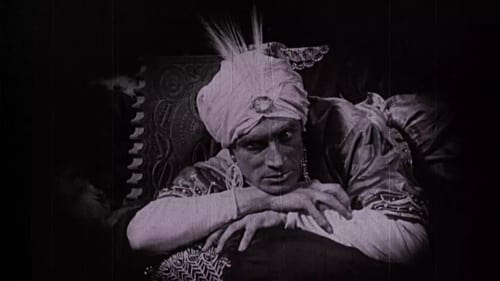
Cinematography
Rowland falls sick with leprosy while Mac Allan is captured by the Maharajah, who offers Irene a deal: one night with him in exchange for letting Rowland to be cured. She accepts, but tries to commit suicide.
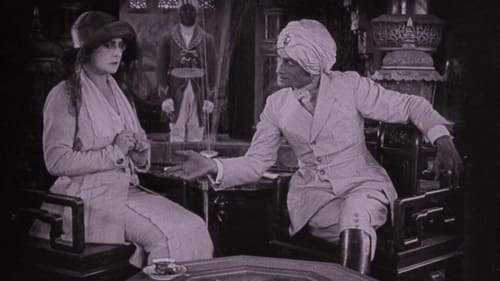
Cinematography
Ayan, Maharajah of Eschnapur, believes that his wife, Princess Savitri, has been unfaithful to him with officer Mac Allan. He decides to bury her alive, so he sends the Yogi Ramigani to England to look for Herbert Rowland, an architect; but when he orders him to build a tomb, Rowland refuses.

Director of Photography
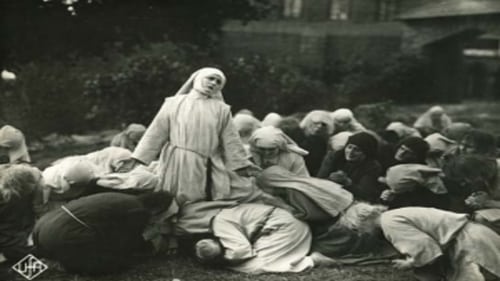
Cinematography
Simplicia has a reputation for healing through prayer and laying on of hands. Knight Rochus sets out "to see how long it takes to turn a saint into a sinner!" He sneaks into the monastery and forces Simplicia under his will.
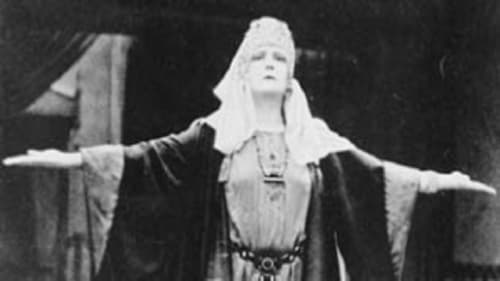
Director of Photography
After the death of Alan Stanley, Maud Fergusson seeks revenge. On her behalf, the detective Hunt begins to investigate and proves that Murphy is responsible for the murder. Maud's revenge plan involves launching a newspaper campaign against Murphy, defaming and embarrassing him.
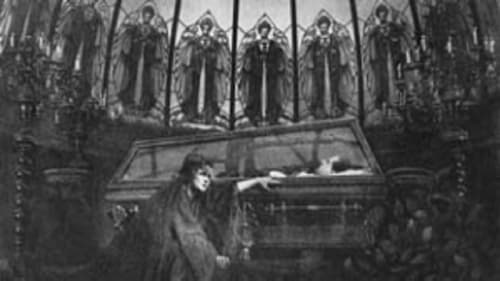
Director of Photography
Billionaire Maud Fergusson lives happily with engineer Allan Stanley. Nothing stands in the way of their love wedding - except Maud's dark past. She has told Allan everything about herself, but he insists on knowing the name of her former seducer - otherwise he won't be able to marry her.
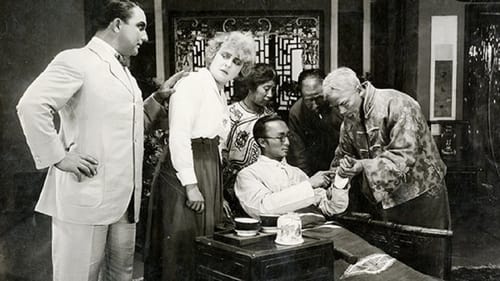
Director of Photography
Thanks to the treasure of the Queen of Sheba, Maud, who now calls herself Fergusson, has become an immensely wealthy woman. The plane that rescued her and Allan Stanley from Ophir belongs to newspaper king Fletcher, who reports on the rescue operation on the front pages of his newspapers.
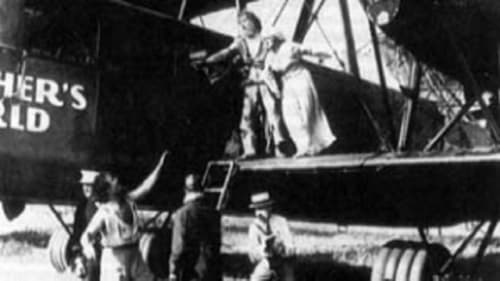
Director of Photography
As Madsen and Maud explore the city of Ophir, they witness an ancient ritual performed by the residents. The two are discovered, and with strangers desecrating the city's sacred ground, Maud is to be sacrificed to the goddess Ophirs, while Madsen is taken to the Sabytes, an enslaved native tribe.

Director of Photography
Through the plan hidden in Astarte's jewelry, Maud Gregaards, Kien-Lung and Consul Madsen get on the trail of the Queen of Sheba's treasure. Their search takes them to Africa, where they want to know from King Makombe the location of the Fire Mountain, near which the legendary city of Ophir, the center of the Astarte cult, is said to be.
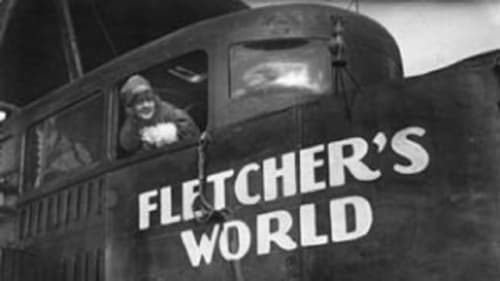
Director of Photography
Together with Kien-Lung and the Consul Madsen, Maud travels to Kuan-Fu to learn from the old rabbi where the treasures of the Queen of Sheba are hidden. The dying rabbi entrusts Madsen with the jewelery of Astarte, who carries the plan for the treasure's hiding place.
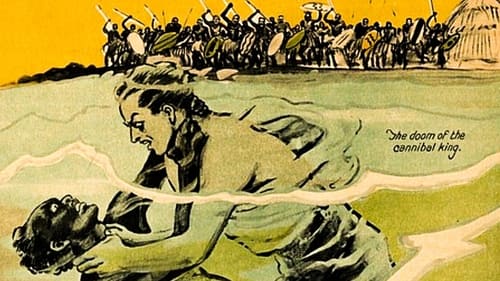
Director of Photography
Maud Gregaards tells her rescuer, the Chinese Dr. Kien-Lung, her life: Her father was an archivist in the Foreign Office who was run by the unscrupulous Dr. Frohner was blackmailed into giving him a secret Chinese treaty.
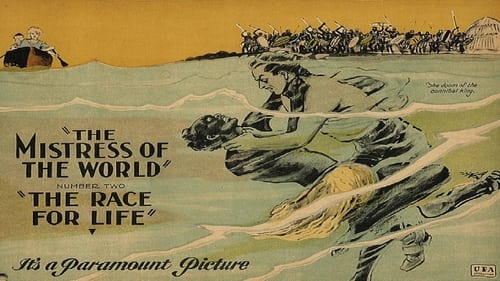
Cinematography
Maud Gregaards travels to China in search of a fabled treasure said to have belonged to the Queen of Sheba. Once there, she is taken captive by an evil man and nearly killed in the belief she is a witch.

Director of Photography

Director of Photography
In this early version the classic "Hound of the Baskervilles" mystery is faithfully adapted, although Watson's character is absent. Holmes' foe is called Stapleton and he menaces Holmes' client Lord Henry and his fiancée, Laura Lyons.


























